Search Articles
Browse Content (p. 81)
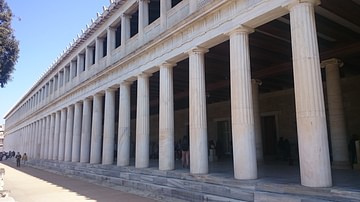
Interview
Interview: American School of Classical Studies at Athens
The American School of Classical Studies in Greece has been running its operations since the 19th century CE, with excavations across the country and an academic program that runs throughout the summer and fall. They are arguably the most...

Article
The Printing Revolution in Renaissance Europe
The arrival in Europe of the printing press with moveable metal type in the 1450s CE was an event which had enormous and long-lasting consequences. The German printer Johannes Gutenberg (c. 1398-1468 CE) is widely credited with the innovation...
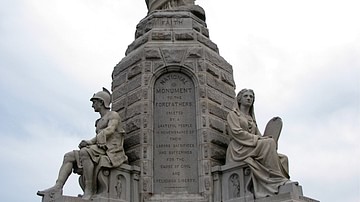
Article
Mayflower Passengers & Crew
The 102 Mayflower passengers were a diverse group made up of religious separatists (later known as pilgrims) and others referred to by the pilgrims as Strangers (people who did not share their faith). The ship also had a crew of approximately...
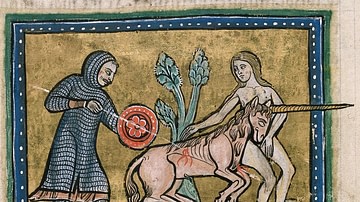
Article
The Unicorn Myth
The unicorn, a mythical creature popularized in European folklore, has captivated the human imagination for over 2,000 years. For most of that time, well into the Middle Ages, people also believed them to be real. The roots of the unicorn...

Article
Bangkok's Portuguese Past
Any itinerary for a visit to Bangkok, Thailand would include some of the city's must-see historical and cultural sights: The 24-hour flower market (Pak Khlong Talat) filled to the brim with jasmine-scented garlands, fragrant carnations...

Article
Colour & Technique in Renaissance Painting
There were three principal painting techniques during the Renaissance: fresco, tempera, and oils. In all of these techniques, colour was an important part of the painter's armoury, allowing them to create images that would strike a chord...

Article
Heraclitus: Life Is Flux
Heraclitus of Ephesus (l. c. 500 BCE) famously claimed that “life is flux” and, although he seems to have thought this observation would be clear to all, people have continued to resist change from his time to the present day. Heraclitus...

Article
Copies & Fakes in Art during the Renaissance
The Renaissance period witnessed a great renewed interest in the art of antiquity. There was an appreciation of the technical skill required to produce such objects as a Roman marble figure of Venus and an admiration for the form and beauty...
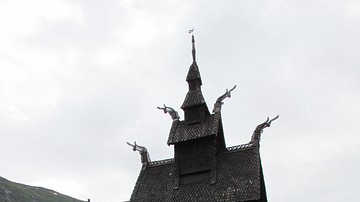
Article
Stave Churches: Norway’s National Treasures
Stave churches are the most famous medieval buildings in Norway and are admired for their unique architecture and beautiful decorations. They are named after the staves or masts that hold up the main structure of the church. Only 28 stave...
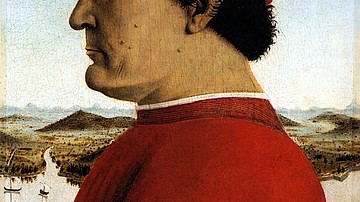
Article
Patrons & Artists in Renaissance Italy
During the Renaissance, most works of fine art were commissioned and paid for by rulers, religious and civic institutions, and the wealthy. Producing statues, frescoes, altarpieces, and portraits were just some of the ways artists made a...